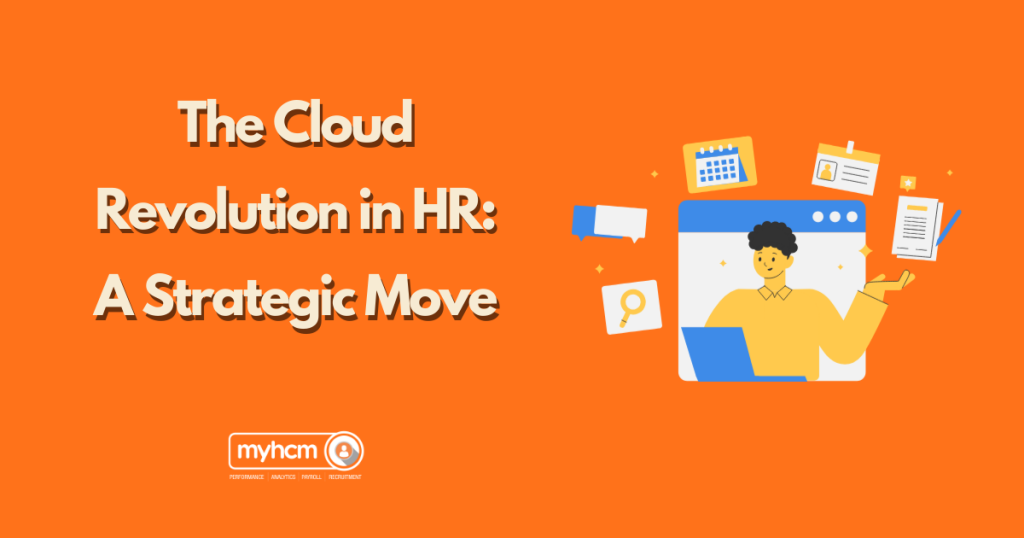Introduction to Cloud Revolution
The cloud revolution is transforming the world of Human Resources (HR) with rapid technological advancements. A key trend is the migration of HR functions to the cloud. By leveraging cloud-based HR solutions, organizations can streamline processes, boost efficiency, and cultivate a more engaged and productive workforce.
Key Trends in Cloud Revolution in HR
Several key trends are driving the adoption of cloud-based HR solutions. One such trend is the increasing demand for flexibility and scalability, which cloud-based solutions can provide. Another trend is the growing importance of data security and privacy, which cloud providers are addressing through robust security measures. Additionally, the rise of mobile technology is making it easier for employees to access HR information and services from anywhere, at any time.
Benefits of Cloud Revolution in HR
The adoption of cloud-based HR offers numerous benefits to organizations. Firstly, it can help to improve efficiency and productivity by automating routine HR tasks and reducing administrative burdens. Secondly, cloud-based HR can enhance cost-effectiveness by eliminating the need for on-premises hardware and software. Thirdly, it can improve data security and compliance by leveraging cloud providers’ advanced security measures.
Challenges and Considerations
While the benefits of cloud-based HR are significant, there are also challenges and considerations to be addressed. One such challenge is the need to ensure data privacy and compliance with regulations. Another consideration is the potential for vendor lock-in, which can make it difficult to switch to a different cloud provider. To overcome these challenges and maximize the benefits of cloud-based HR, organizations must carefully evaluate cloud providers, implement robust data security measures, and develop a comprehensive cloud migration strategy.
Best Practices for Migrating to Cloud-Based HR
To successfully migrate HR functions to the cloud, organizations should consider the following best practices:
- Assess your needs: Identify your organization’s specific HR requirements to determine the most suitable cloud-based solutions.
- Choose the right cloud provider: Evaluate cloud providers based on factors such as security, reliability, and scalability.
- Develop a comprehensive migration plan: Create a detailed plan outlining the steps involved in the migration process, including data migration, system integration, and user training.
- Prioritize data security: Implement robust security measures to protect sensitive employee data during and after the migration process.
- Provide adequate training and support: Offer employees training on how to use cloud-based HR tools and provide ongoing support to address any issues.
Conclusion
The migration to cloud-based HR is a strategic move that can transform the way organizations manage their human capital. By leveraging cloud-based HR solutions, organizations can improve efficiency, reduce costs, and enhance employee experiences. As the digital landscape continues to evolve, it is essential for HR professionals to stay informed about emerging trends and best practices to ensure their organization remains at the forefront of the cloud-based HR revolution.
